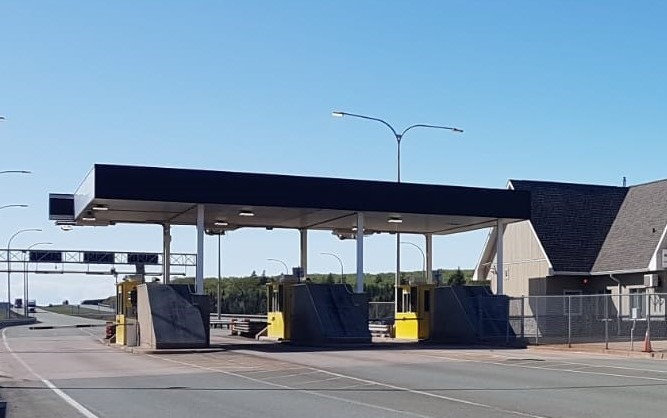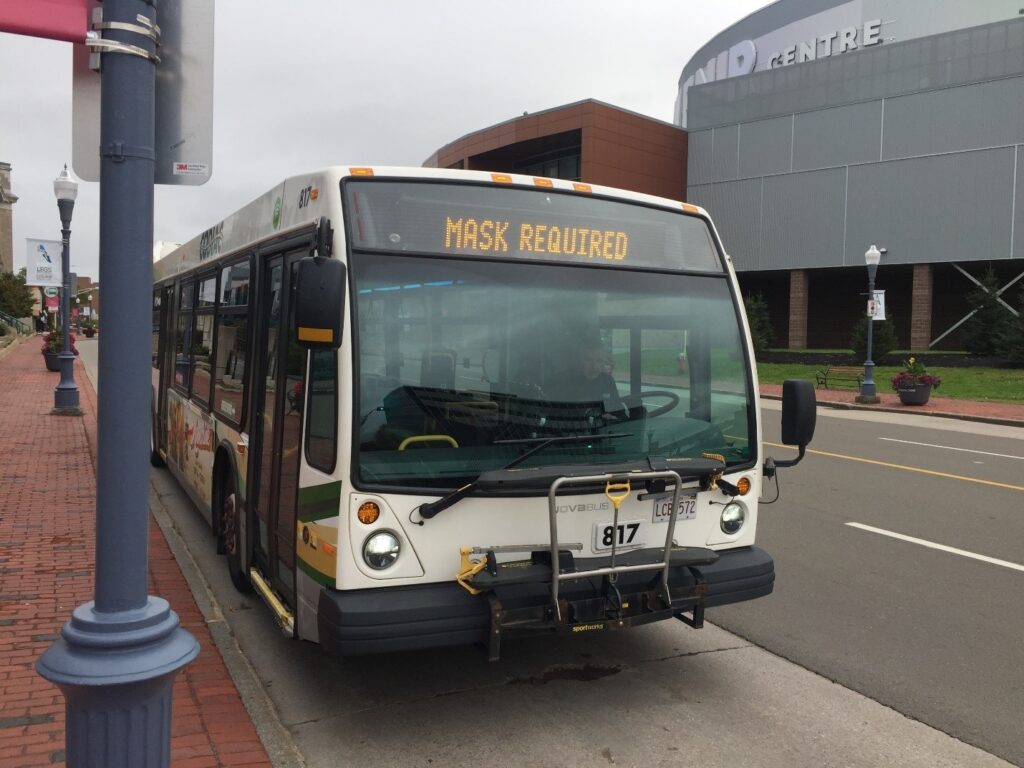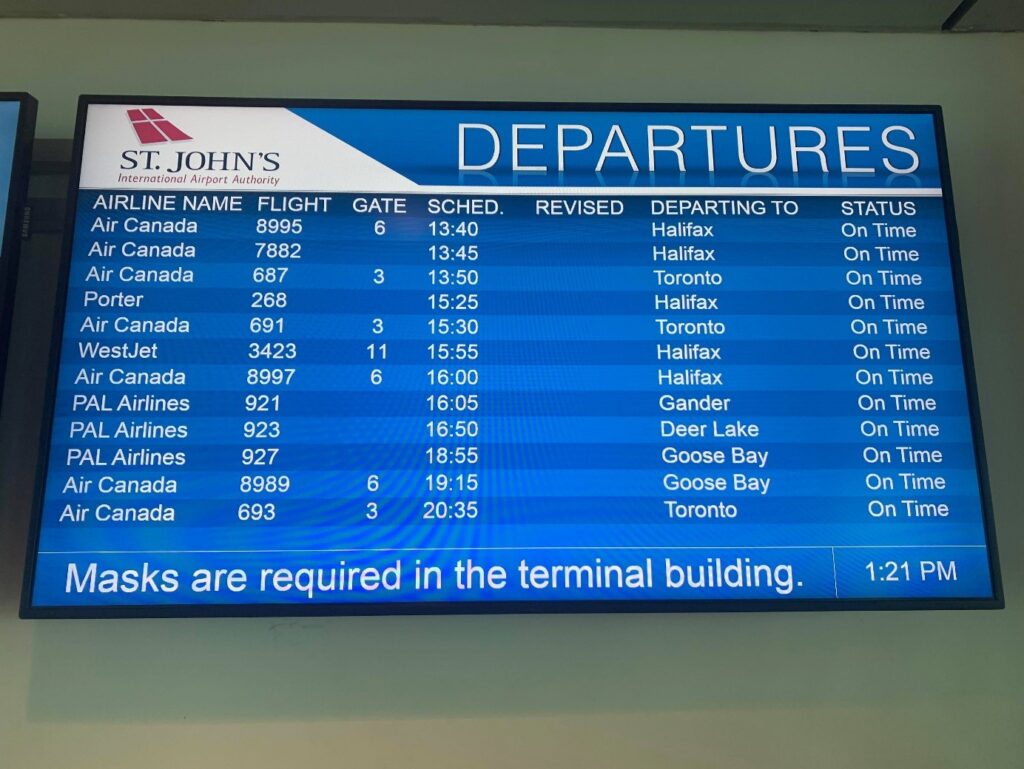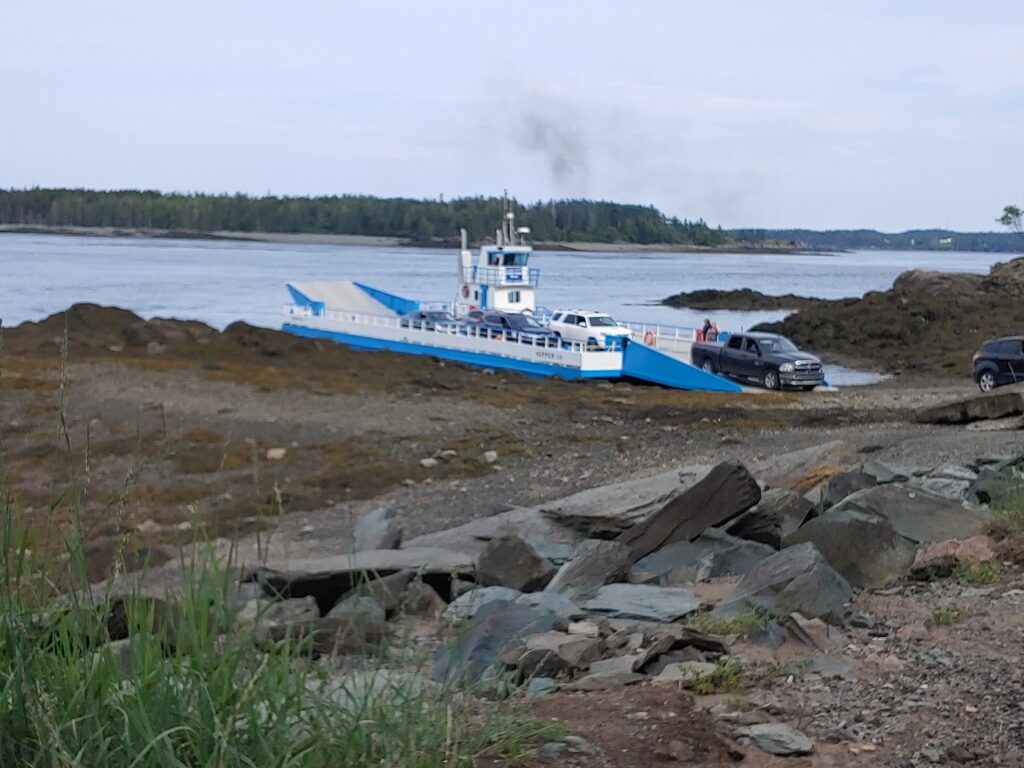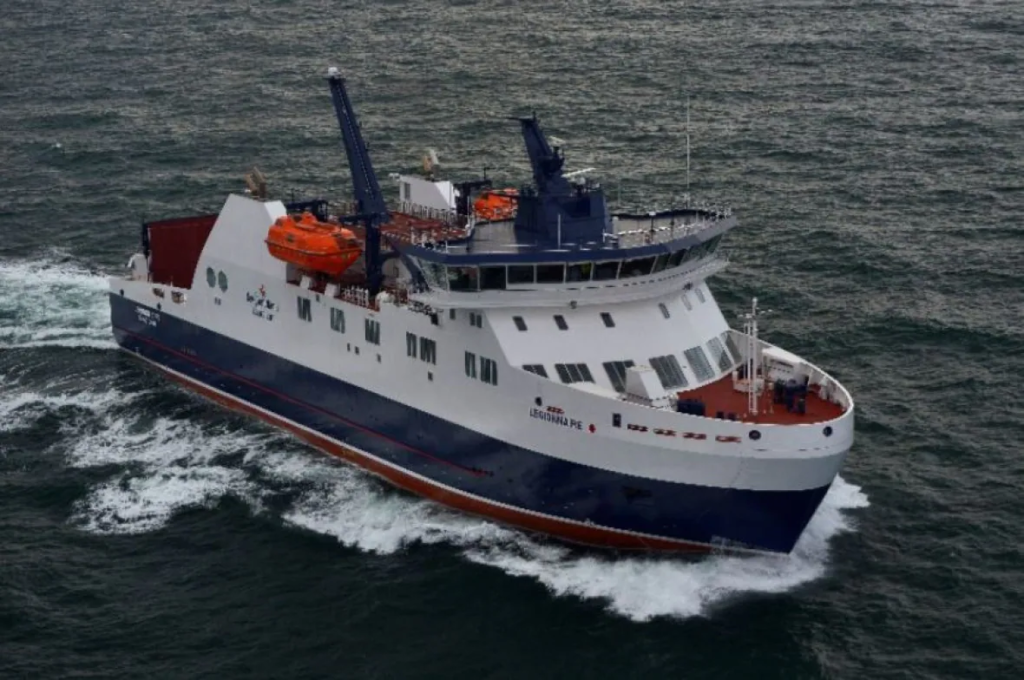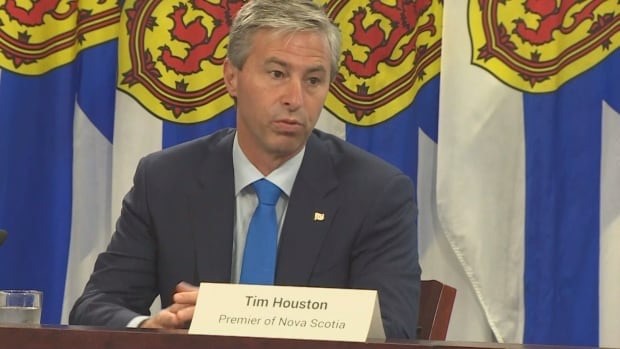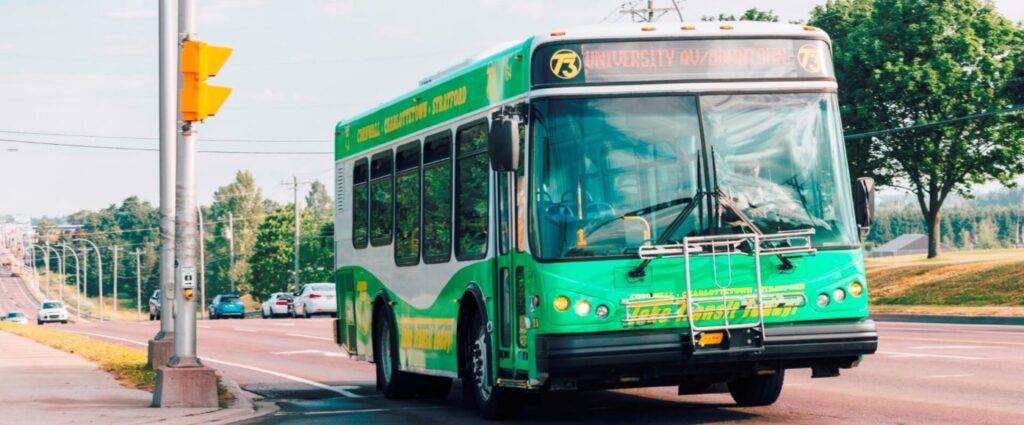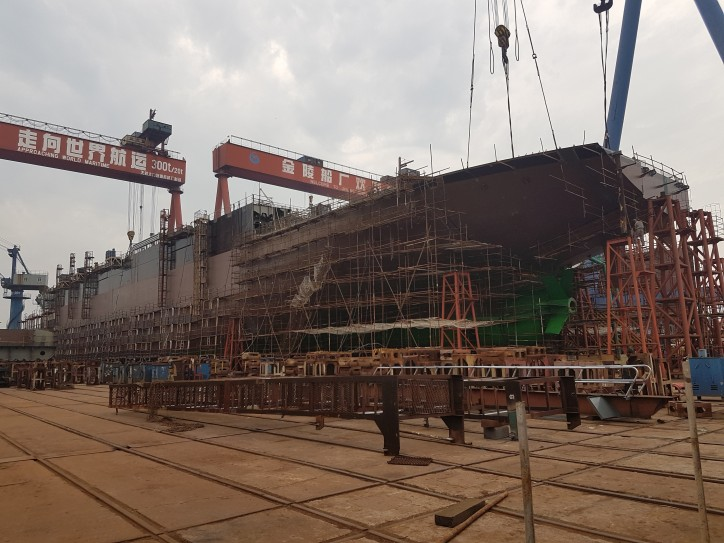Welcome to the November edition of Atlantic Transport News!
Here’s a look at what you’ll find in this edition:
- VIA to add second Ocean frequency, but tri-weekly service won’t return until next summer
- COVID numbers slowly improving in region, but transportation challenges remain
- PEI takes first steps toward island-wide public transit
- Transit ridership growing in NB’s largest town
VIA TO ADD SECOND OCEAN FREQUENCY – BUT TRI-WEEKLY SERVICE WON’T RETURN UNTIL NEXT SUMMER
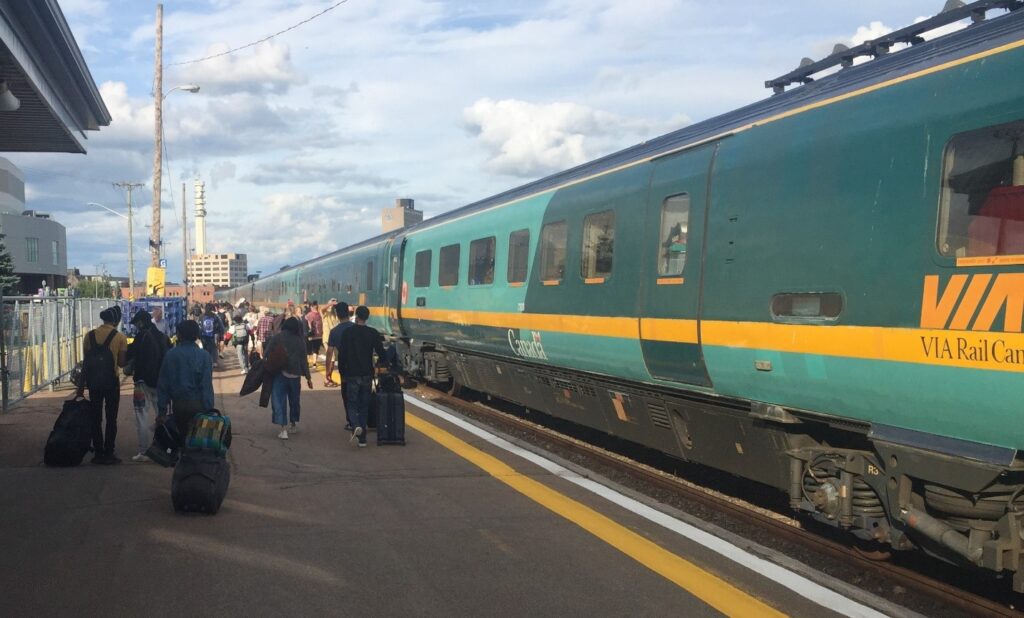
The return to service for VIA’s services in Atlantic Canada has continued to be painfully slow coming, but there is finally a clearer roadmap for when the Ocean will get back to “normal” service levels (even if 3/week service is still far from adequate). On October 18th, VIA announced the final phase of the railway’s service resumption plans, which would see the Ocean expand to a twice a week service in December, and finally to the full thrice weekly service ahead of the 2022 peak season (i.e. by June 2022). This week, VIA confirmed that the first departures on the expanded 2/week service will take place on December 8, 2021, with departures from both Montreal and Halifax on Sundays and Wednesdays moving forward. This will require the return of a second train set, with a meet between the trains overnight.
It is notable that none of VIA’s other non-Corridor services (with the exception of Winnipeg-Churchill) will see any expansions beyond their current once a week service until next spring. It seems evident that the decision to expand the Ocean to 2/week operation in December is an effort to capture the heavy Christmas holiday traffic that the train typically carries. Indeed, the press release announcing the date for the second frequency quotes VIA President and CEO Cynthia Garneau as saying “The return of this second frequency of the Ocean is good news for our passengers who now have more travel options in time for the holiday season.” At this time, it’s not clear how much additional capacity VIA may plan to add for the holiday season. There will be no extra trains beyond the 2/week schedule, but adding cars to the consists would be consistent with past practice and should help capture more ridership – indeed, some trains around Christmas are already close to being sold out, as riders have been returning to the service despite the long hiatus and limited departures.
The on-board environment has also been slowly returning to more normal, with VIA once again allowing passengers to make use of the Renaissance service cars, and returning full dining car service for Sleeper passengers, with a full hot menu and the traditional dining car environment, as of October 24th. This will undoubtedly have made the on-board experience more welcoming than it was in the earliest days of service resumption, but there is still no word on any suitable replacement for the Park car, lost to history with the new bidirectional operation of the train.
-Tim Hayman
COVID NUMBERS SLOWLY IMPROVING IN REGION – BUT TRANSPORTATION CHALLENGES REMAIN

The so-called “circuit-breaker” public health measures to combat COVID-19’s alarming fourth wave were still in effect across much of New Brunswick as the calendar rolled into November. Even though the surge in cases that struck all four Atlantic provinces to varying degrees had shown encouraging signs of retreat, the travel industry’s recovery from the pandemic was clearly inhibited.
Maritime Bus reported a daily average of 270 passengers in October, while maintaining its six-days-per-week reduced operating schedule, with extra weekend departures on Saturday and Sunday. It represented a slight improvement over the same month in 2020, when the buses were running only four days a week, but well short of where the company had hoped it would be at this point. Nevertheless, management feels it would not be wise to reduce service at this time. And, on the bright side, reduced travel has produced an increase in the parcel business, which helps offset the drop in passenger revenue.

PHOTO – Ted Bartlett
Two New Brunswick cities are once again without air service to and from Halifax. St. John’s-based PAL Airlines had stepped in to partially fill the void last summer when it became apparent that Air Canada would not be resuming the local services it had provided pre-pandemic. PAL began offering flights five days a week connecting Stanfield International with Fredericton and Saint John. But while passenger loads were encourging during the summer, the airline reached the conclusion that the service wasn’t sustainable through the fall and winter months. The same situation arose with a service between Halifax and Charlottetown that lasted for only two months. A PAL spokesperson says they hope to be back in those market eventually, and meantime plan to continue their services to Ottawa, St. John’s and Deer Lake from Fredericton and Moncton on alternate days. Those routings have been using a larger Q-400 aircraft since last summer. A separate Halifax-Moncton-Wabush flight continues to offer service between YHZ and YQM twice a week.
Both airlines and airport authorities are hoping that the mandatory vaccination requirements for both passengers and crew now in effect will improve the level of public confidence in flying. Halifax Stanfield Airport reports that passenger traffic in August and September 2021 remained at about 40% of pre-pandemic traffic volumes, but officials are optimistic that the vaccine mandate will improve the picture. They are also looking forward to upcoming non-stop international services being added by various airline partners as the “sun season” approaches, when many Canadians enjoy travelling south. New or reinstated non-stop destinations from YHZ in the coming months include Cancun, Orlando, Tampa, Fort Lauderdale, Punta Cana, Varadero, and Montego Bay. Direct Air Canada service to Toronto’s downtown Billy Bishop Airport is also scheduled to resume in December. Still awaiting confirmation are resumption of service in 2022 to several US and overseas destinations.
Meanwhile, St. John’s International was on the list of a limited number of Canadian airports that will be once again permitted to handle cross-border and overseas flights as of November 30. In a CBC interview, YYT’s CEO Peter Avery said no routes have yet been confirmed, but they are hoping that at least some of the direct flights to sun destinations will soon be back. He welcomed the Transport Canada announcement as a good first step toward eventual resumption of overseas flights as well. He noted that while international flights accounted for only about 10% of the airports traffic in pre-pandemic times, they mean a lot to the business community and the province at large.
YYT reported handling a total of 76,046 passengers in September – three times as many as the same month last year but well short of the 134,387 travellers that passed through the terminal pre-pandemic in September of 2019. There were 1107 arrivals and departures during September 2021, versus 707 a year earlier and 2007 in 2019.
Interestingly, both Marine Atlantic and Maritime Bus are exempt from the mandatory vaccination requirements. Spokespersons for both carriers said they are considered essential services. However, Marine Atlantic is continuing to observe extensive public health protocols.
And the Campobello ferry has been granted yet another one-month extension to its operating season. The link to the New Brunswick mainland via Deer Island will continue until the end of November, avoiding the challenges inherent in travelling through the US. The most critical issue for islanders at this point is the requirement to produce proof of a negative COVID test when entering Canada through the border crossing at St. Stephen NB.
PEI TAKES FIRST STEP TOWARD ISLAND-WIDE PUBLIC TRANSIT

There’s been a game-changing development on the rural transit front in Prince Edward Island. Two new routes linking communities on the eastern end of the island with Charlottetown launched on October 12. The so-called “toonie transit” makes three trips a day Monday through Friday on each route, serving the Montague, Georgetown, Souris, and St. Peter’s areas. Riders pay just $2 each way, and seats can be reserved online.
The service is officially branded Island Transit, and is a division of the Cassidy Group which also operates Maritime Bus, the T3 Transit system in Charlottetown, and a link to Summerside several times a day. The provincially-funded initiative is the first step in what Premier Dennis King says is a commitment by his government to an island-wide public transit system, that will be extended to include communities west of Summerside in early 2022. He calls it an “easy decision to make”, and one that will help reduce the province’s carbon footprint.
Mike Cassidy, founder and CEO of the transportation company, says the response to date has been very encouraging, with the primary users so far being students and commuters. Feedback has been very positive, he says, while recognizing that it will take time for the public to become fully aware of the benefits and the full potential the system offers. With the very affordable fares, he anticipates considerable use by seniors and family groups, as well as for school outings.
The two separate routes each normally use a 14-passenger vehicle, but the company has the flexibility to substitute a larger bus seating 24 people if the online booking system indicates a need on a particular run.
-Ted Bartlett
TRANSIT RIDERSHIP GROWING IN NB’S LARGEST TOWN

The bedroom community of Riverview NB has a long-standing reputation for being very car-dependent. But that’s finally beginning to show signs of change, and transit ridership is at last showing significant growth. By an interesting twist of fate, it’s largely thanks to a new bridge across the Petitcodiac River.
A once-in-a-lifetime opportunity arose last spring, with the removal of an environmentally-controversial causeway dating from the 1960s. The final completion and commissioning of a $60-million bridge replacement that would fully restore the free flow of the river meant that the town’s 20,000 residents would have to make do with a single river crossing for an estimated six months, beginning in April 2021.
Planning to alleviate anticipated traffic congestion included an enhanced public transit offering that would encourage Riverview commuters to leave their cars at home. And it worked – so much so that the Town Council and Codiac Transpo have agreed to leave it in place, at the current service level pending further evaluation. The new bridge opened on budget and ahead of schedule in September, but bus ridership remained high. Codiac Transpo’s director of operations Alex Grncarovski says the numbers are still about double what they were before the causeway closed, describing the outcome so far as “fabulous”, with the qualifier that it’s still too early to draw final conclusions. It’s likely that ridership will improve still further once office employees complete the transition back to their downtown work locations.

Meanwhile, across the system, improved technology will soon offer greatly improved monitoring of ridership. New fareboxes combined with back-office software are expected to yield a wealth of data for future planning purposes. Mr. Grncarovski noted that Moncton City Council recently approved additional service hours, effective November 7, that brings a number of routes another step closer to what they were before the pandemic struck.
“We’d love to be back to where we were pre-covid,” he says, adding that it’s hoped there will be evening and Sunday service extensions in place by February. “Of course, we can’t please all the people all the time, but for a small transit agency we’re doing very well indeed.”
Having worked in a supervisory role at the Toronto Transit Commission before moving to Moncton eight years ago, he was quite surprised on arrival that Codiac Transpo offered wifi on all its buses – something the TTC still doesn’t have. And Codiac users can now use their smartphones to find out exactly where their bus is. Another big-city innovation coming soon is an automatic annunciator, which will give an audio and visual message to passengers to alert them to their stop.







